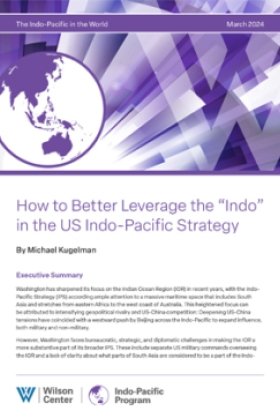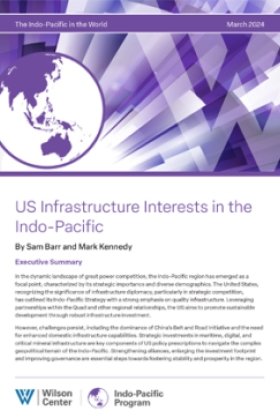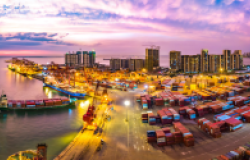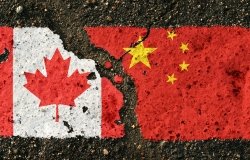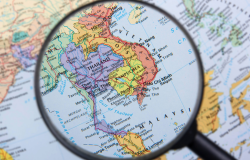Energizing India's Rural Population
From Wall Street to the global media, there is much giddy talk about India's impressive economic growth and the urban-based prosperity that drives and sustains it. Yet lost in this buzz is an important fact: two-thirds of India's population remains rural. By Asia Program Associate Michael Kugelman.
From Wall Street to the global media, there is much giddy talk about India's impressive economic growth and the urban-based prosperity that drives and sustains it. Yet lost in this buzz is an important fact: two-thirds of India's population remains rural.
Many of these rural Indians are poor and have benefited little from the country's recent macroeconomic success. In the countryside, where most people make their living in agriculture, farmable land is becoming more scarce, jeopardizing job security for Indian farmers. Therefore, not surprisingly, income disparities between rural farmers and urban consumers are widening.
These realities are not lost on India's current government, which rose to power in 2004 on a platform of better conditions for the rural poor. At a July meeting of the World Trade Organization's now-collapsed Doha Round negotiations, New Delhi vociferously opposed the elimination of subsidies and other protections for its farmers. This position may have helped doom the negotiations to failure, but India's commerce minister defended it as necessary to safeguard agricultural livelihoods. Maybe so—though subsidies also tend to reach relatively well-off farmers more so than their poorer counterparts.
Rural India is a major reason for the country's sky-high demand for energy resources. More than 400 million Indians lack electricity, and most of them reside in the hinterland. Additionally, about two-thirds of Indian households—again, the majority of them rural—use traditional energy sources (particularly biomass fuels such as wood, animal dung, and crop residues), but are expected to transition to commercial sources (such as oil, coal, and natural gas) in the coming years.
So when the Indian government's Planning Commission speaks about the imperative of tripling primary energy supply and quintupling electricity generation (as it did in a 2006 report), it is not thinking just in terms of providing fuel for the fancy cars of Mumbai's wealthy new entrepreneurs, or of furnishing electricity to keep New Delhi's profitable investment firms humming. Rather, it is also taking into account the rising energy needs of India's rural—and often overlooked—population.
Related Program

Indo-Pacific Program
The Indo-Pacific Program promotes policy debate and intellectual discussions on US interests in the Asia-Pacific as well as political, economic, security, and social issues relating to the world’s most populous and economically dynamic region. Read more




